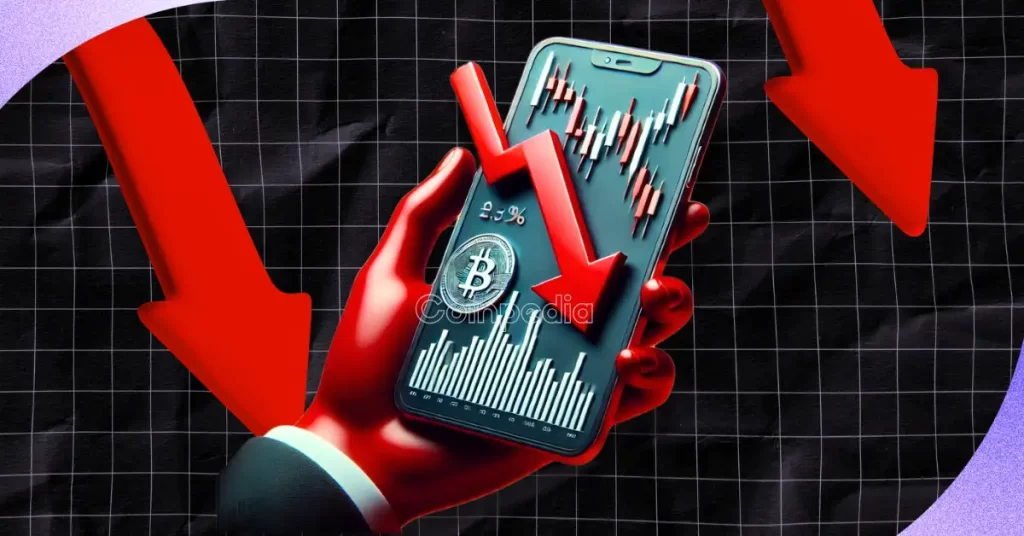DoorDash has launched a new delivery robot named Dot, putting the company deep into the self-driving game. Dot rolls through streets, parking lots, and sidewalks to drop food off to hungry customers. This is the company’s first real, in-house leap into autonomous delivery, without relying on external tech firms.
Before this, DoorDash tested drones and partnered with Coco Robotics, a Sam Altman–backed startup focused on sidewalk robots. But Dot changes the game, as this one was built specifically for the scale DoorDash operates at.
“The scale and complexity of the business demands something like autonomy, and there isn’t anything out there that fits our use case,” said Stanley Tang, co-founder of DoorDash, in a statement to CNBC.
DoorDash begins testing Dot in Phoenix
Tang, who heads DoorDash Labs, the company’s robotics division, said Dot was created to handle more complicated deliveries and help local shops tap into autonomous tech. Dot can hit speeds up to 20 miles per hour and carry up to 30 pounds—about six pizza boxes in total.
Right now, Dot is being tested in Phoenix, Arizona. Merchants in the area can already try it out using DoorDash’s autonomous delivery system, which also includes drones when available. The plan is to expand to other cities once things run smoothly in Phoenix.
This launch isn’t happening in isolation. Just last week, Uber made headlines with a drone delivery deal with Israeli startup Flytrex. Uber had also tried driverless food delivery using Waymo vehicles. Everyone wants in, but DoorDash is clearly moving to lock down its own turf.
Dot stands four and a half feet tall and weighs 350 pounds. It’s also 29 inches wide, making it just a bit wider than a baby stroller. That size lets it roll right up to a restaurant door. Workers can slide food directly into its shell. According to Ashu Rege, head of DoorDash Labs, Dot’s size may even let it pass through standard doorways in future designs.
Robot tech meets TikTok appeal
Dot is loaded with tech. The robot uses eight cameras and three lidar sensors to scan its surroundings. This setup helps Dot steer around stuff like traffic, blocked paths, or jammed sidewalks. There’s also a camera inside to keep an eye on the food during the ride.
Rege said at a San Francisco event that Dot wasn’t just built to move food but also to interact. “Beyond the tech details, we’ve also put a lot of thought into the personality and character of Dot,” he said. Dot has glowing LED lights that look like eyes and greets restaurant staff with a robotic “Oh, hello!” when it arrives to pick up an order.
That focus on character might be strategic. Last month, a video went viral on TikTok showing a Coco robot, one of DoorDash’s past delivery partners, trying to cross a street. In the clip, a woman cheers, “Oh my god, don’t hit Coco! Coco just wants to cross the street,” as the robot dodges traffic. Moments like that are pure internet gold, and clearly, DoorDash knows it.
If you're reading this, you’re already ahead. Stay there with our newsletter.
















 English (US)
English (US)